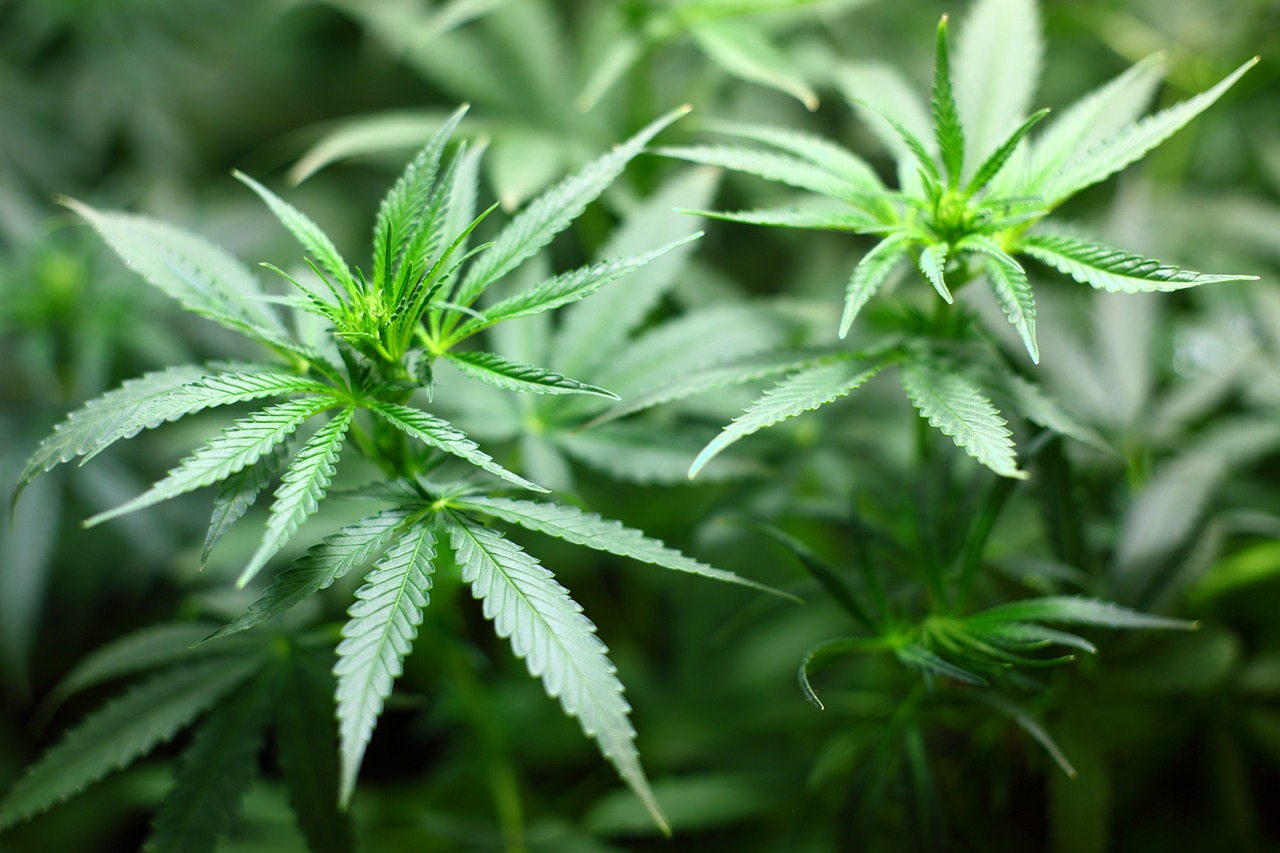When it comes to understanding cannabis growth processes, the key lies in maximizing tax deductions. By comprehending the intricacies of each growth stage, you can strategically align your cultivation practices with tax regulations to optimize your deductions. Each phase offers unique opportunities to leverage tax benefits as you navigate the germination stage to the flowering period. Stay tuned to uncover how fine-tuning your growth techniques can not only enhance your harvest but also maximize your tax savings in this burgeoning industry.
Key Takeaways
- Proper germination techniques and nutrient management optimize growth for potential tax deductions.
- Strategic pruning and training methods enhance yield, potentially increasing tax deductions.
- Monitoring flowering stages for peak potency ensures higher quality, potentially affecting tax deductions.
- Rigorous drying, curing, and quality control measures maintain product value, impacting tax deductions.
Germination Stage
During the germination stage of cannabis growth, seeds absorb water and begin sprouting roots and shoots. To ensure successful germination, proper germination techniques under optimal conditions are crucial. One common technique is the paper towel method, where seeds are placed between damp paper towels until they sprout. Alternatively, seeds can be germinated directly in a growing medium. Optimal conditions for germination include maintaining a temperature between 70-85°F (21-29°C) and a humidity level of around 70%.
It is essential to keep the growing medium consistently moist but not waterlogged to prevent rotting. Light is not necessary during germination, but a dark and warm environment is ideal for this stage. By following these germination techniques and providing the optimal conditions, you can set the foundation for healthy cannabis growth. Remember, attention to detail during this stage will lead to robust plants in the subsequent growth phases.
Seedling Growth
Seedling growth marks the phase where young cannabis plants develop their first set of true leaves and begin to establish a strong root system. During this crucial stage, paying attention to specific factors is essential for ensuring the healthy growth of your cannabis seedlings:
- Nutrient Requirements: Seedlings have minimal nutrient needs initially, as they rely on the nutrients stored in the seed. However, as they grow, they will require a balanced mix of nutrients, including nitrogen, phosphorus, and potassium.
- Light Schedules: Adequate light is vital for seedling growth. To promote vigorous growth, a light schedule of 18 hours on and 6 hours off is recommended during this stage.
- Humidity Levels: Maintaining high humidity levels of around 70-80% helps seedlings thrive. This high humidity prevents excessive transpiration and ensures optimal water uptake.
- Temperature Ranges: Keeping the temperature between 70-80°F (21-27°C) during the day and slightly cooler at night promotes healthy seedling development by aiding metabolic processes.
Vegetative Phase
In the Vegetative Phase of cannabis growth, the focus shifts towards fostering robust stem and leaf development to prepare the plants for the flowering stage. During this phase, the plants’ nutrient requirements change significantly. They require higher levels of nitrogen to support the rapid growth of leaves and stems. To promote vegetative growth successfully, it is essential to maintain a consistent light cycle of 18-24 hours of light per day.
When it comes to training methods, techniques like low-stress training (LST) and high-stress training (HST) can be employed to shape the plant and encourage lateral growth, which can lead to increased yields during the flowering stage. Additionally, implementing proper pest management strategies is crucial during the vegetative phase to prevent infestations that could hinder plant growth and development.
Pruning Techniques
Utilize precise pruning techniques to strategically remove excess foliage and facilitate optimal light penetration and airflow within the canopy during the vegetative phase of cannabis growth. When it comes to grooming your cannabis plants, attention to detail is crucial for promoting healthy development. Here are some key factors to consider:
- Branch Trimming: Carefully trim unnecessary branches to redirect the plant’s energy towards bud development and overall growth efficiency.
- Nutrient Management: Pruning can help ensure that essential nutrients are efficiently distributed to the areas that need them most, promoting balanced growth.
- Training Methods: Implement training techniques such as low-stress training (LST) or high-stress training (HST) to shape the plant and optimize light exposure for improved bud production.
- Light Distribution: Pruning aids in creating an even distribution of light throughout the canopy, preventing overshadowing and maximizing photosynthesis for robust plant growth.
Flowering Period
During the flowering period of cannabis growth, the plant undergoes significant physiological changes that are crucial for the development of potent and aromatic buds. Nutrient requirements play a vital role during this phase, with an increased need for phosphorus and potassium to support bud formation. Adjusting the light cycle is essential, as cannabis requires 12 hours of uninterrupted darkness daily to stimulate flowering. Environmental factors such as temperature and humidity also need monitoring to ensure optimal bud development.
Pests can pose a threat during this sensitive stage, so implementing effective pest control measures is imperative to safeguard your crop. Maintaining a clean and well-ventilated environment can help prevent common issues like mold and mildew. By carefully managing nutrient intake, light exposure, and environmental conditions, you can maximize the flowering period’s potential and cultivate high-quality cannabis. Remember to stay vigilant against pests and diseases to protect your plants and ensure a successful harvest.
Harvesting Tips
For optimal results when harvesting cannabis, timing is crucial to ensure peak potency and quality in your buds. To maximize your harvest, consider the following tips:
- Harvest Timing: Harvesting at the right time ensures that cannabinoids are at their peak levels, providing you with potent buds. Wait until the trichomes change from clear to cloudy for ideal THC levels.
- Curing Process: Properly curing your harvested cannabis is essential for enhancing flavor, aroma, and potency. Utilize a controlled environment with optimal humidity and temperature.
- Terpene Preservation: To retain the aromatic compounds that contribute to the unique smell and taste of your cannabis, handle buds gently during harvest to prevent terpene loss.
- Trichome Inspection: Before harvesting, inspect the trichomes under a magnifying glass to determine the best time for harvest. Look for milky or amber trichomes for the highest THC content.
Drying and Curing
The next critical step after harvesting is properly drying and curing your harvested cannabis buds to ensure their quality and potency. This process is essential for developing the desired flavors, aromas, and effects of the final product. Maintaining optimal humidity levels and temperature control during drying is crucial to prevent mold growth and preserve cannabinoids and terpenes. Airflow management is key to ensuring even drying and preventing the development of mildew.
Additionally, controlling light exposure during the drying and curing stages helps to maintain the potency of the buds.
| Humidity Levels | Temperature Control | Airflow Management |
|---|---|---|
| 45-55% RH | 60-70°F | Gentle fan usage |
| Proper ventilation | ||
| Avoid direct airflow |
Quality Control
Quality control in cannabis cultivation involves meticulous monitoring and assessment of various parameters to ensure consistent standards and product integrity. To maintain high-quality cannabis products, consider the following key aspects:
- Potency Testing: Regularly conduct potency testing to determine the levels of cannabinoids like THC and CBD in your plants. This ensures that your products meet the desired potency standards for both medical and recreational purposes.
- Nutrient Management: Properly manage the nutrients your plants receive to avoid deficiencies or excesses that can affect growth and product quality. Monitoring nutrient levels and adjusting them accordingly is crucial for healthy plant development.
- Pest Control: Implement effective pest control measures to prevent infestations that can damage your crops. Regular inspections and the use of organic or chemical treatments can help protect your plants from pests.
- Environmental Conditions: Maintain optimal environmental conditions such as temperature, humidity, and lighting throughout the cultivation process. Consistent monitoring and control of these factors are essential for maximizing plant growth and product quality.
Frequently Asked Questions
How Does the Quality of the Soil Affect the Growth and Potency of the Cannabis Plant?
When it comes to cannabis growth, soil quality plays a crucial role in determining the plant’s health and potency. The composition of the soil directly affects nutrient absorption, which impacts plant growth and development. Additionally, environmental conditions, such as moisture levels and pH balance, can influence the plant’s ability to thrive. By optimizing soil composition and providing the right balance of nutrients, you can enhance the growth of your cannabis plants and ultimately increase their potency.
Are There Any Specific Environmental Factors That Can Influence the Growth of Cannabis Plants?
Various environmental factors play a crucial role in the growth of cannabis plants. Light intensity affects photosynthesis and overall plant development. Temperature influences metabolic processes and growth rates. Humidity levels impact transpiration and nutrient uptake. Proper air circulation is vital for preventing mold and ensuring CO2 exchange. Understanding and managing these factors will help you optimize the growth of your cannabis plants and maximize their potential yields.
How Can Growers Prevent Pests and Diseases From Affecting Their Cannabis Plants?
To prevent pests from harming your cannabis plants, focus on maintaining plant health through proper cultivation techniques. Implement integrated pest management strategies that combine biological controls, like introducing beneficial insects, with cultural practices such as maintaining proper sanitation and using resistant plant varieties. Regularly inspect your plants for signs of pests and diseases, and promptly address any issues to prevent them from spreading. Disease management is crucial for successful cultivation.
What Are Some Common Mistakes That Novice Growers Make During the Growth Process?
When optimizing growth, common mistakes novice growers make include irregular watering, leading to over or underwatering, improper lighting, causing stunted growth, and neglecting ventilation, resulting in mold issues. Lack of proper nutrient balance, failure to maintain pH levels, and overcrowding of plants also hamper growth. To maximize yields, focus on consistent care routines, monitor environmental conditions closely, and provide adequate space and nutrients for healthy plant development.
Are There Any Techniques for Maximizing the Yield of a Cannabis Plant During the Growth Process?
To maximize your cannabis plant yield, focus on optimizing light cycles and providing the right nutrients. Implement pruning techniques and trellising to promote healthy growth. By carefully managing these factors, you can enhance the plant’s overall health and productivity. Remember, attention to detail and consistency is key in achieving the best results during the growth process.


